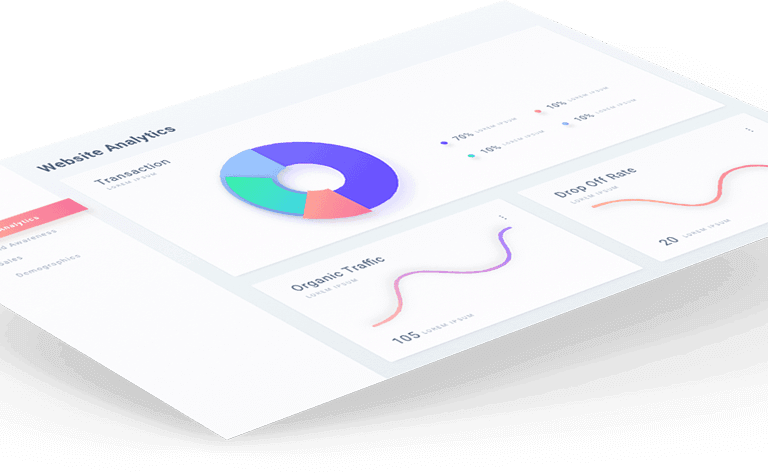Small business fleets always find it hard to run their vehicles at the utmost efficiency due to challenges like budgeting restraints and lack of solutions that can help them operate better.
.
Managing a business fleet, especially if you are a small business in no easy task as you are always switching caps, juggling roles to help get the most out of your fleet business.
To effectively track fleet vehicles, reduce wasted times and control spends, fleet owners and managers must have a strong coordination system that they can rely on. This may seem like a simple and effective system but can be tricky to implement and causes more loss to the fleet business due to lack of coordination among vehicles, operators and fleet managers.
In reality, the most important aspect of managing a fleet business is controlling the bottom line. Small fleet business owners and managers can benefit from using fleet management software to track and manage everyday aspects related to their fleet.
“Fleet management software allows fleet managers to track all fleet vehicles from a unified platform.”
Some quick hacks that a fleet manager can implement once the fleet management software is set up include
1. Automating fleet operational processes
If a fleet manager is bit old school and still believes in running dispatch and delivery through pen and paper, it’s pretty much evident that he or she is going to have to spend countless hours working towards boosting overall operational efficiency of the fleet business. Due to excessive data coming through channels, fleet managers can feel overwhelmed and not know how to operate a fleet efficiently. To avoid such problems, a fleet manager can employ a fleet management software to automate scheduled delivery and dispatch through accurate streamlined data.
The data collated and generated through a fleet management software can be better utilised to run fleets at a lower cost, decrease average idling times and boost the bottom line of a fleet business. Automating workflows help improve vehicle performance, asset health, operational productivity and overall fleet efficiency.

2. Understanding Your Fleet’s Operating Costs
Knowing the absolute bottom line of your business makes all the difference and bestows your fleet with the much-needed winning edge. Fleet management software uses data to calculate the total cost of ownership which helps a fleet business get clarity on the type of ROI generated. The total cost of ownership has both fixed and variable expenses. A fixed expense includes the likes of insurance, registration among other things whereas as a variable expense is a factor that changes with aspects that undercut things like size, type and overall efficiency of the fleet.
3. Running a functional fleet through electronic vehicle inspections
With electronic vehicle inspections, you can stay rest assured that your fleet is running at optimum efficiency. Through electronic vehicle inspections, vehicle health is at the disposal of a fleet owner/operator to make decisions that are vital for the fleet’s functioning. Issues identified by electronic inspections can be immediately identified and rectified well before the vehicle leaves the yard.
.
With Linxio fleet management system, getting the best out of fleet management through our extensive cloud-based management tools is possible. The software, you can track driver performance, driver behaviour, fuel usage, fuel costs and fuel management all in real-time. We also specialise in asset tracking, maintenance management and maintenance scheduling solutions through active GPS tracking and data-driven fleet data.
.




